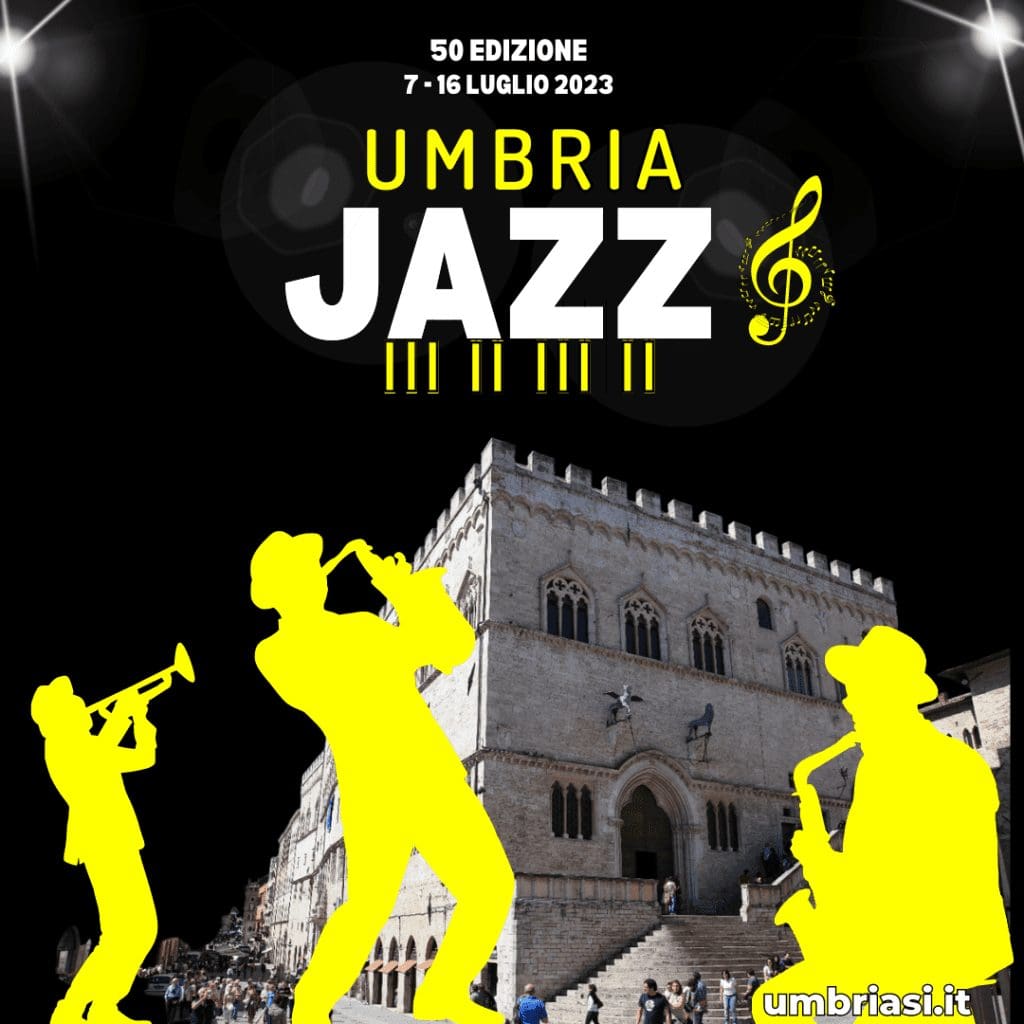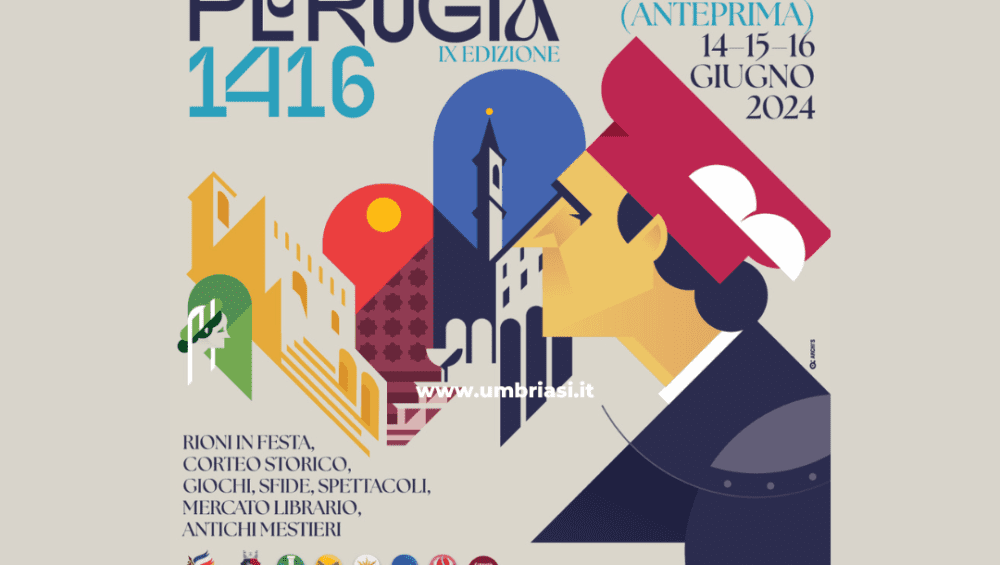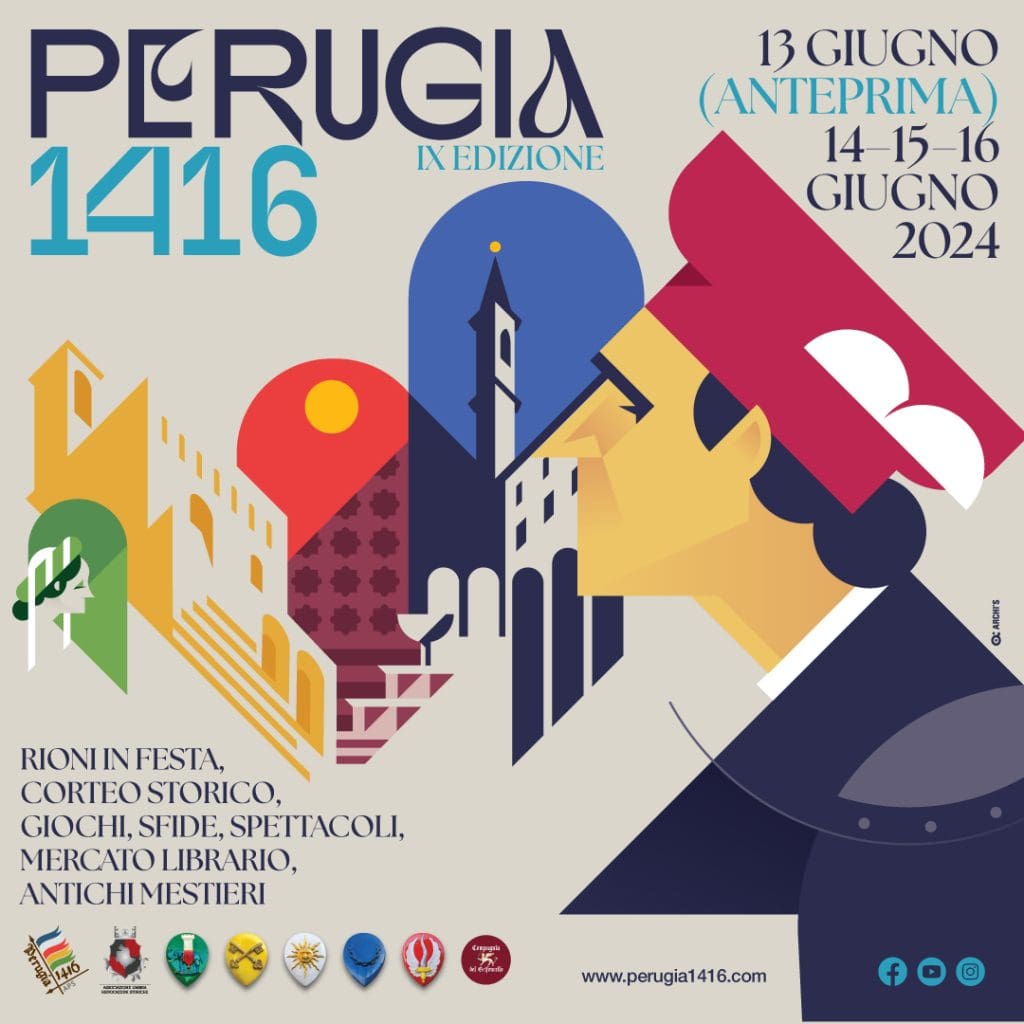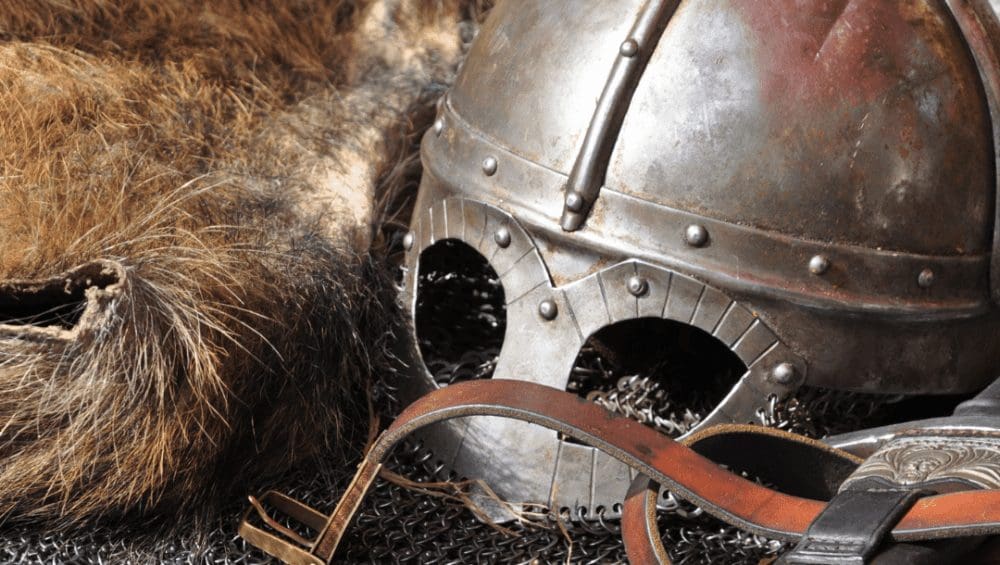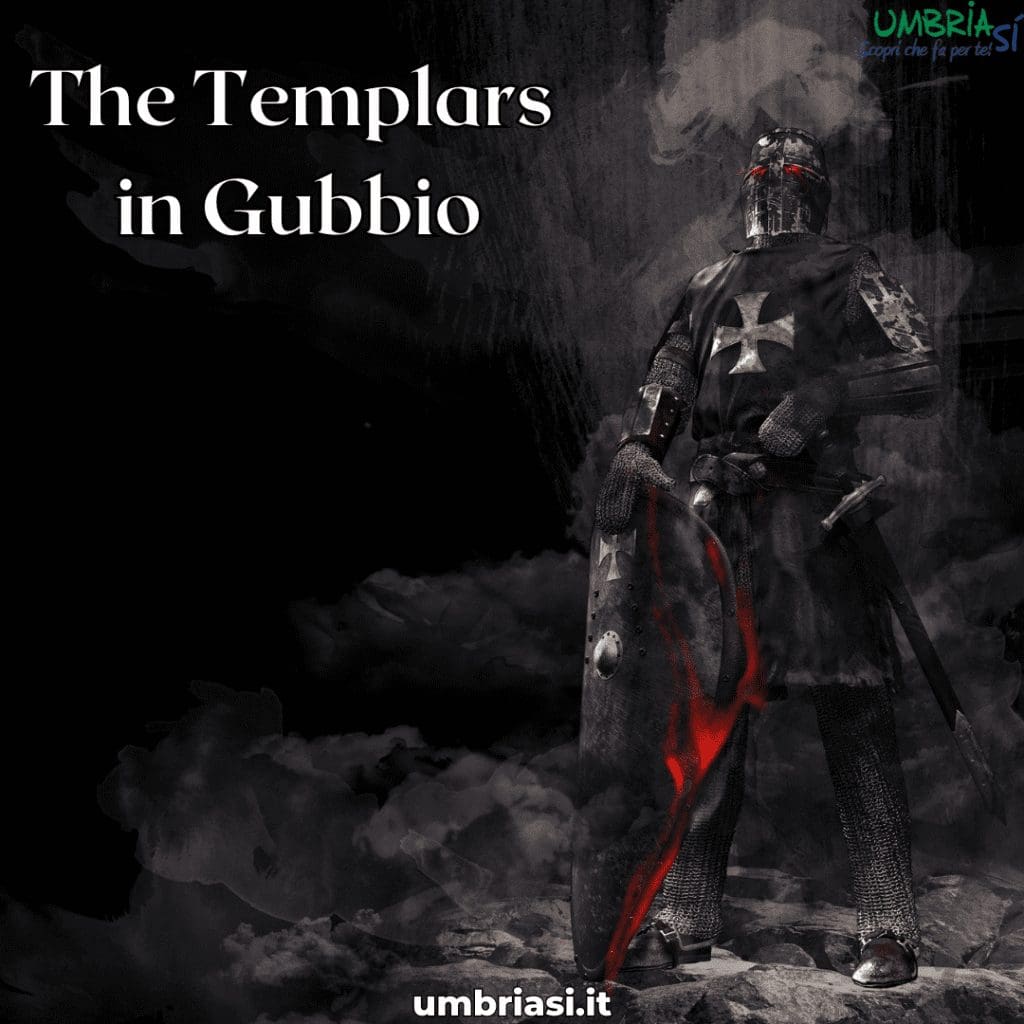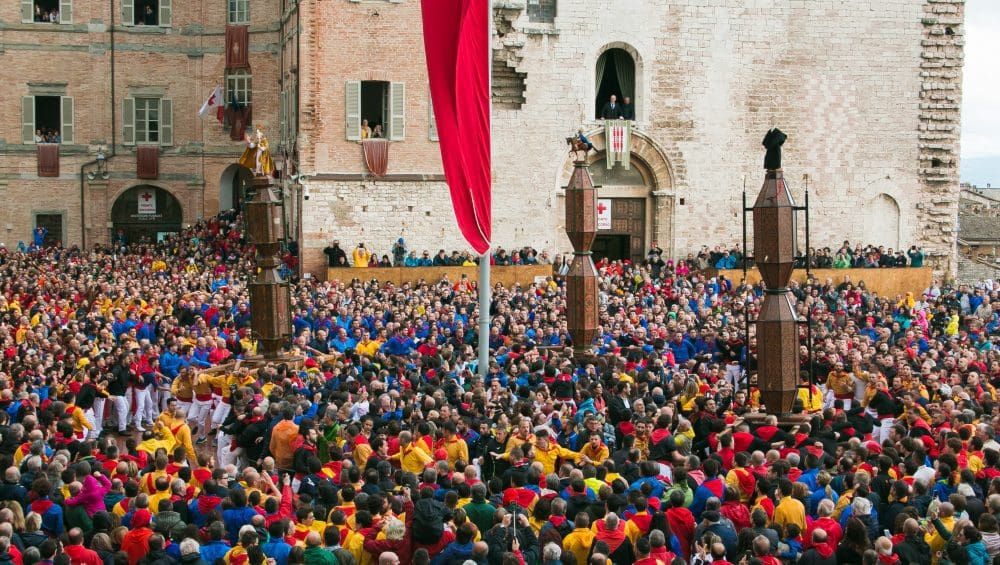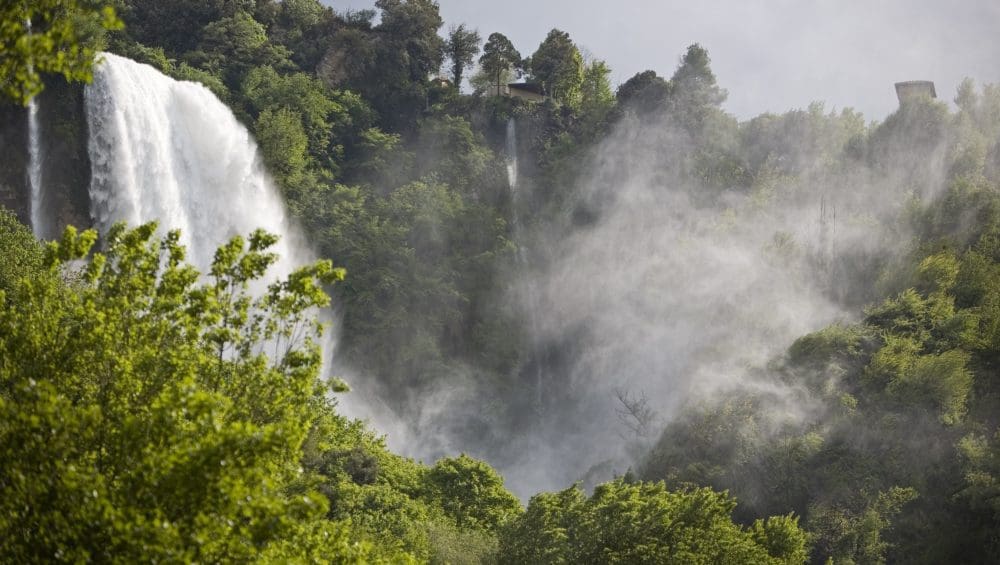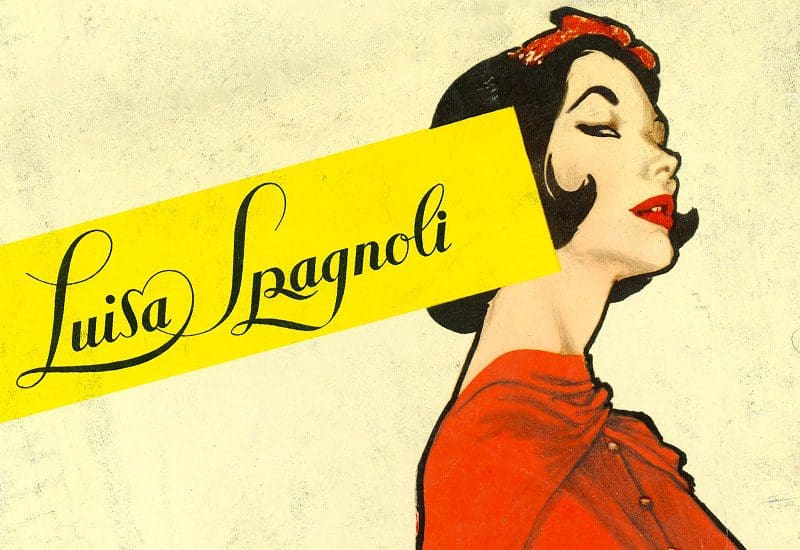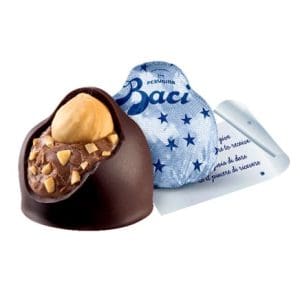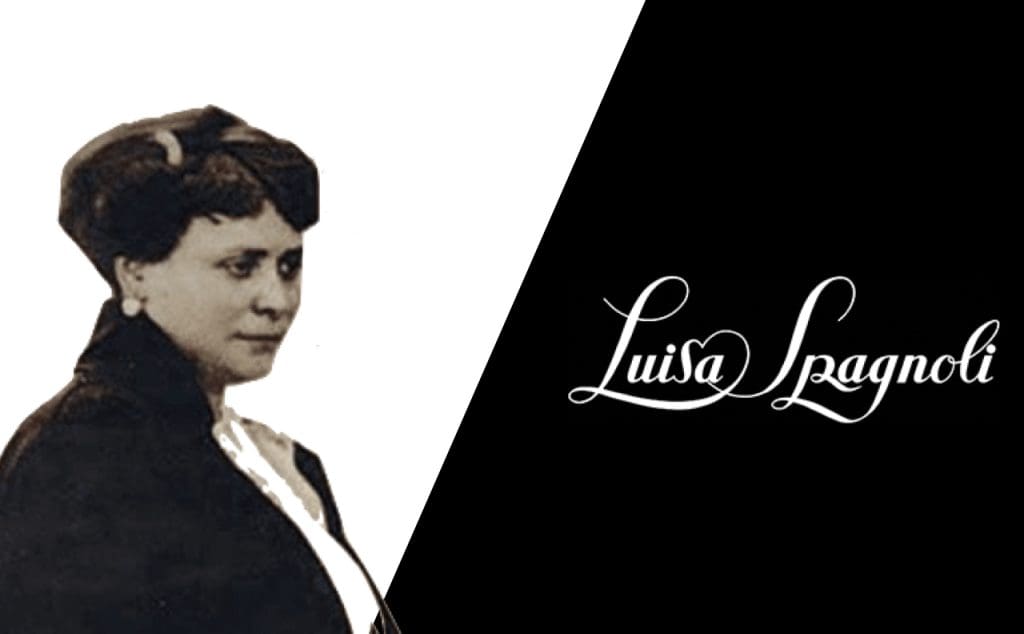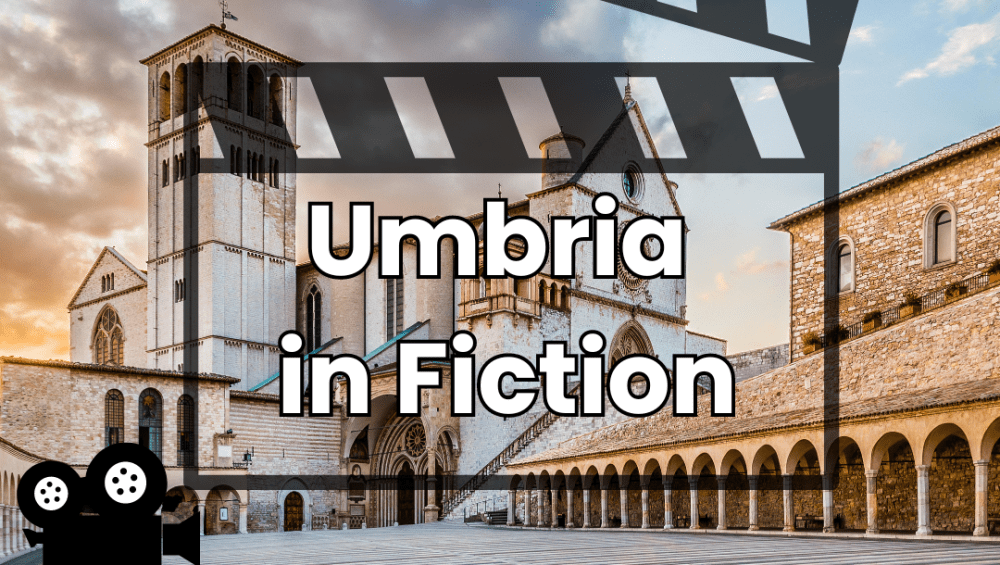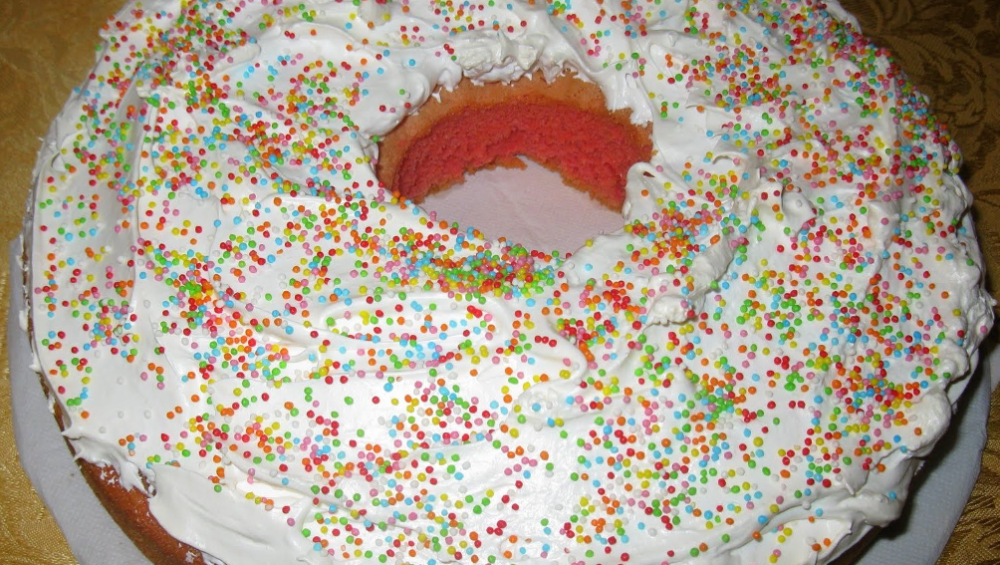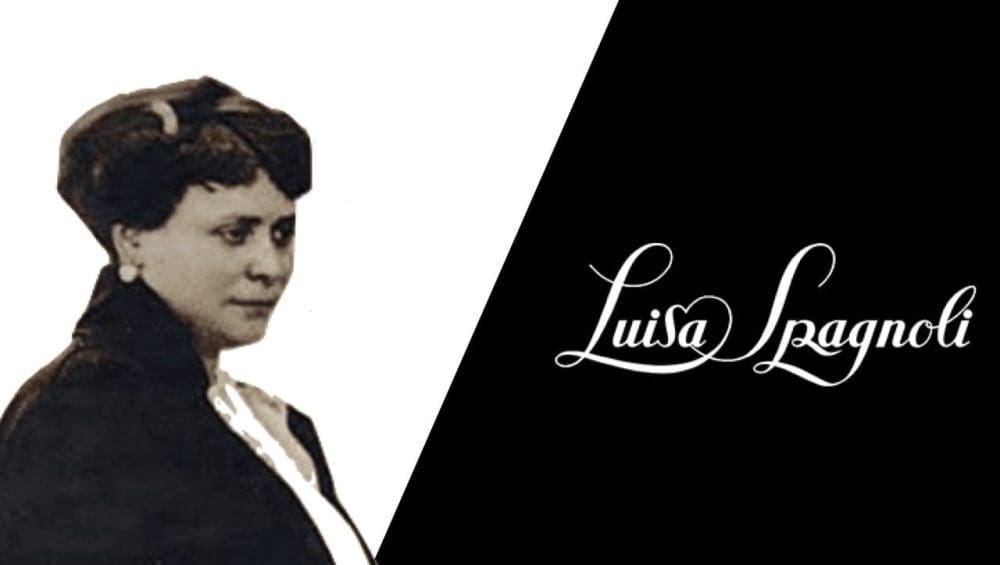Umbria Jazz
Finalmente ritorna Umbria Jazz, l’evento musicale più atteso in Umbria!
Umbria Jazz è il festival musical dedicato al mondo del Jazz più importate in Italia e tra più influenti al mondo.
Un festival tra le note calde del Sax e quelle ritmiche della tromba che risuonano tra i vicoli del Centro Storico di Perugia e i suoi palchi distribuiti in location con cornici storiche mozzafiato, come il palco di Piazza IV Novembre, la Jazz Jam Session al Teatro Morlacchi, i concerti per i puristi alla Galleria Nazionale dell’Umbria, fino al Main Stage situato all’arena Santa Giuliana per i concerti dei grande artisti italiani e internazionali che hanno varcato la porta di Umbria Jazz.
Lo stesso Herbie Hancock, presente anche quest’anno ad Umbria Jazz, descrive così il festival:
“È il luogo in cui bisogna essere in questo periodo dell’anno”
Lo sapevi che Umbria Jazz è stato anche citato nella puntata n.16-stagione 33 de I Simpsons?

Ripercorriamo insieme le origini di Umbria Jazz
Nasce nel 1973 (quest’anno festeggia i suoi 50 anni!) per volontà di Carlo Pagnotta, gestore di una bottega di abbigliamento e soprattutto grande appassionato di musica Jazz che desiderava portare nella sua Umbria un festival dedicato a questo genere musicale. La storia narra che ebbe l’idea o la folgorazione Jazz in un bar storico di Via Mazzini, oggi chiuso.
Il primo concerto si svolse proprio ne 1973, nel teatro naturale della Villalago a Piediluco, in provincia di Terni. Altre location destinare ai palchi erano Perugia proprio in Piazza IV Novembre dove fecero il proprio esordio italiano i Weather Report, e ancora Gubbio, proprio per dare l’idea di un festival musicale che abbracciasse tutta l’Umbria.
Non è sempre filato tutto liscio…
Nei difficili e bollenti anni ‘70-’80, tra scontri e idee politiche contrastanti tra la “musica nera” e la “musica bianca”, Umbria Jazz non vide la luce dei palchi nel 1978 fino al 1982!

Il ritorno
L’anno della sua “rinascita” risale al 1982 con novità e cambiamenti come l’introduzione del biglietto di ingresso per alcuni concerti, fino ad allora gratuiti.
Nel 1985 nacque l’Associazione Umbria Jazz che gestisce l’evento e il marchio Umbria Jazz che invece rimane di proprietà della Regione Umbria.
Altra novità è la scelta di Perugia come città ospitante Umbria Jazz con solo alcuni concerti tenuti negli anni a Terni, Assisi, Gubbio. Oppure con l’edizione di Umbria Jazz Winter Edition che si tiene ogni anno a dicembre a Orvieto.
Le vie che suonano
Durate Umbria Jazz, che si tiene ormai da tradizioni per 10 giorni nel mese di luglio, è possibile assistere e ascoltare musicisti, jazzisti, cantanti che si esibiscono lungo tutto corso Vannucci, creando atmosfere uniche tra le note del Jazz, Blues, Gospel, Soul, Rhytm’n’Blues…
Famosi per i loro concerti itinerari sono, per esempio, i Funk Off!
La potenza è Umbria Jazz è l’aver creato un evento di Musica Jazz in Italia, con tutte le sfumature che vanno dal blues alla musica raggae, dal pop al soul, tra grandi artisti e artisti emergenti, tra musica “in strada” e grandi palchi. Un evento in grado di far emozionare e riunire tutti, grandi e piccini, sotto le note del Jazz.
Citando Alessandro Baricco nel suo monologo teatrale Novecento:
“Quando non sai che musica è,
allora è Jazz!”
Alcuni grandi artisti che hanno partecipato in questi anni a Umbria Jazz
Alicia Keys
Art Blakey
B.B. King
Carlos Santana
Diana Krall
Earth, Wind & Fire
Elton John
Eric Clapton
Herbie Hancock
Johnny Depp
Lady Gaga
Liza Minnelli
Massive Attack
Mika
Phil Collins
Pino Daniele
Prince
Simply Red
Stefano Bollani
Sting
The Chainsmokers
Tony Bennett
Vinicio Capossela
